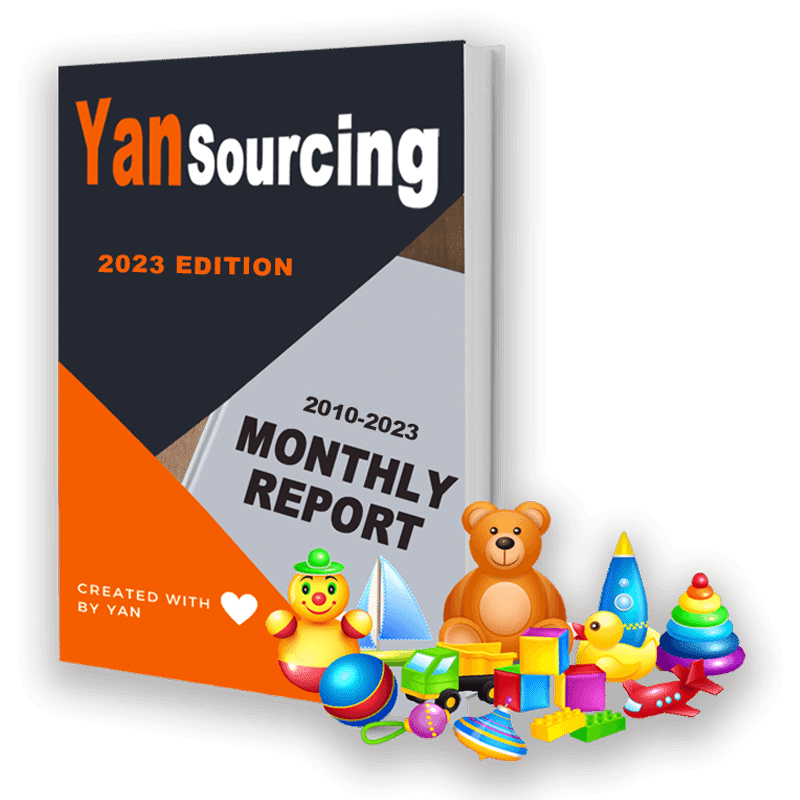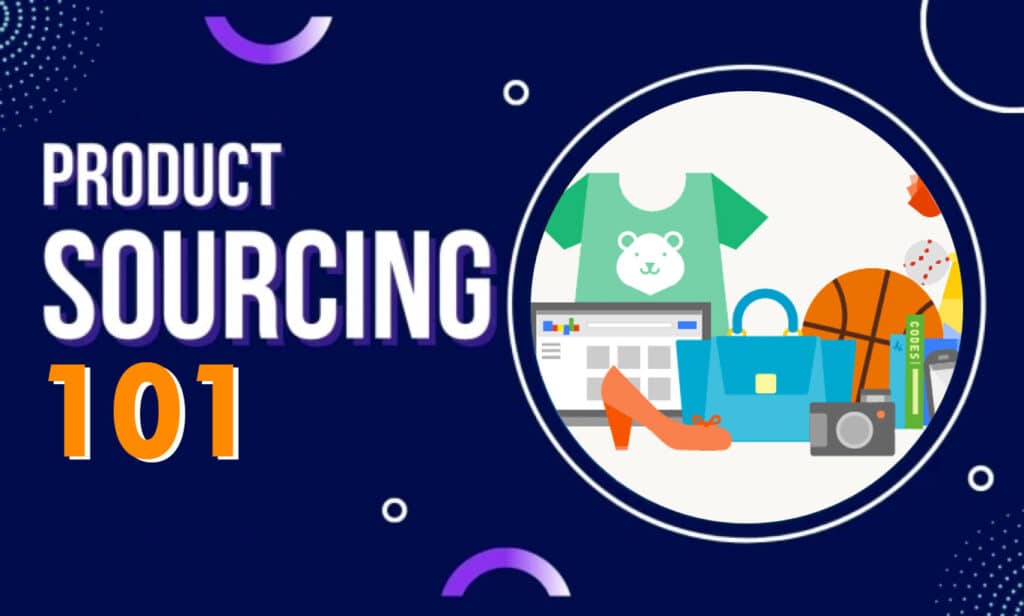
In today’s global economy, product sourcing will be more important than ever as businesses look to stay competitive in a rapidly changing market.
This article will provide an overview of product sourcing, including the different types of sourcing, how to find and evaluate potential suppliers and manufacturers, and how to manage the sourcing process.
Additionally, we will discuss some potential challenges and offer best practices for sourcing products.
What Is Product Sourcing and Why Is It Important?
Product sourcing refers to the process of identifying and securing the materials and components needed to produce a product.
This includes everything from raw materials, such as metal or fabric, to finished components, such as screws or buttons.
In order to produce a high-quality product, businesses must carefully select their suppliers and manufacturers to ensure that the materials and components they use to meet their specifications and standards.
Product sourcing is important for a number of reasons, they are:
- First, it is essential for businesses to have a reliable and efficient supply chain in order to produce and deliver products to customers on time and at the desired quality level.
- Second, product sourcing also plays a critical role in a business’s bottom line. By carefully selecting suppliers and negotiating favorable prices and terms, businesses can reduce their production costs and improve their profitability.
- Finally, product sourcing can help businesses to maintain control over their production processes and ensure that their products meet the required standards and regulations.
Overall, product sourcing is a key aspect of the product development process and can play a significant role in a business’s success.
What Are the Different Types of Product Sourcing?
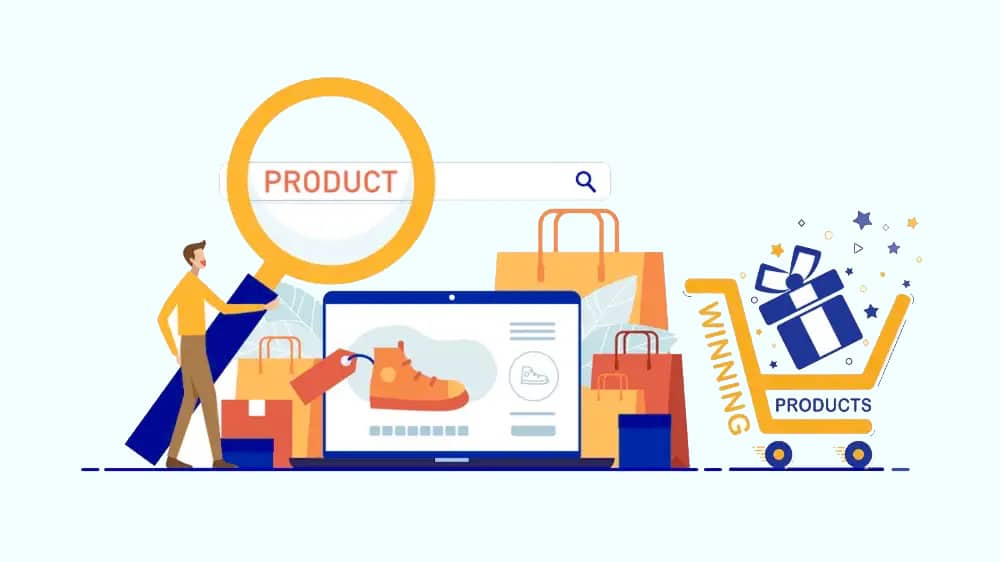
There are several different types of product sourcing, each with its own unique characteristics and advantages.
Some common types of product sourcing include:
Type 1: Domestic sourcing
Domestic sourcing refers to the practice of sourcing materials and components from suppliers and manufacturers within the same country as the business.
This type of sourcing is often preferred by businesses because it allows for easier communication and coordination, and can reduce the risk of delays or disruptions in the supply chain.
Type 2: Local sourcing
Local sourcing is similar to domestic sourcing, but it refers specifically to sourcing materials and components from suppliers and manufacturers within the same region or locality as the business.
This type of sourcing can help businesses to support their local economy and reduce their carbon footprint by reducing the distance that products need to be transported.
Type 3: Offshore sourcing
Offshore sourcing refers to the practice of sourcing materials and components from suppliers and manufacturers located in other countries.
This type of sourcing is often used by businesses to take advantage of lower labor and production costs in other parts of the world.
However, offshore sourcing can also introduce challenges, such as language barriers and cultural differences, that must be carefully managed.
Type 4: Single sourcing
Single sourcing is the practice of sourcing all materials and components for a particular product from a single supplier or manufacturer.
This can help to streamline the sourcing process and reduce the number of vendors that a business needs to manage.
However, it can also increase the business’s dependence on a single supplier and leave it vulnerable if that supplier is unable to meet its needs.
Type 5: Multiple sourcing
Multiple sourcing, also known as diversified sourcing, is the practice of sourcing materials and components from multiple suppliers and manufacturers.
This can help businesses to mitigate the risks associated with single sourcing and to take advantage of competitive pricing and other benefits offered by different suppliers.
However, it can also make the sourcing process more complex and require more coordination among multiple suppliers.
Here you may learn more about Sourcing Products for details below:
5 Tips on Sourcing Products from China
How Do You Find Potential Suppliers and Manufacturers?

There are several ways to find potential suppliers and manufacturers for your business.
Some common strategies include:
Strategy 1: Searching online directories and databases
There are many online directories and databases that list suppliers and manufacturers by industry and location.
These can be a good starting point for businesses looking to identify potential suppliers and manufacturers.
Strategy 2: Attending trade shows and industry events
Trade shows and industry events are great ways to meet potential suppliers and manufacturers face-to-face and learn about the products and services they offer.
Many trade shows and events also have networking sessions and other opportunities for businesses to connect with potential suppliers and manufacturers.
Strategy 3: Asking for referrals from other businesses
Businesses that are part of the same industry or supply chain can often provide valuable referrals for potential suppliers and manufacturers.
Ask other businesses for recommendations and be sure to research any potential suppliers or manufacturers carefully before committing to a partnership.
Strategy 4: Using a sourcing agent or broker
Sourcing agents and brokers are professionals who specialize in helping businesses find and evaluate potential suppliers and manufacturers.
They can provide valuable insights and expertise, and can often negotiate better prices and terms on behalf of their clients.
Overall, finding potential suppliers and manufacturers can take time and effort, but it is a crucial step in the product-sourcing process.
By taking the time to research and evaluate potential suppliers and manufacturers, businesses can ensure that they partner with reliable and trustworthy partners who can help them produce high-quality products at competitive prices.
Here you may learn more about Sourcing New Suppliers for details below:
Sourcing New Suppliers: How to Identify Potential Suppliers in 2022?
What Should You Consider When Evaluating Potential Suppliers and Manufacturers?
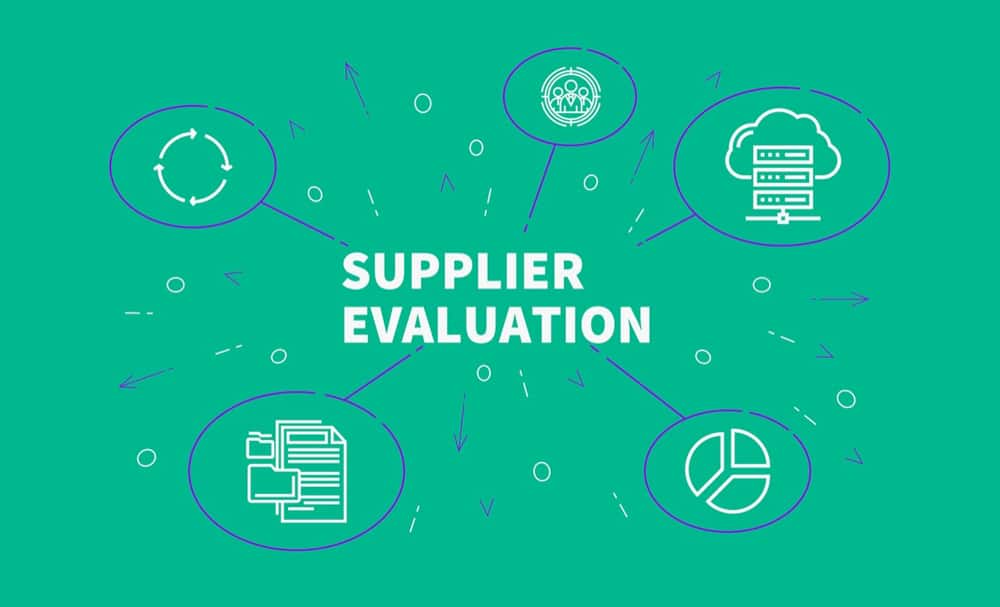
When evaluating potential suppliers and manufacturers, there are several key factors that businesses should consider.
Some of the most important factors to consider include:
Factor 1: Quality
The quality of the materials and components supplied by a potential supplier or manufacturer is critical to the success of your business.
Be sure to carefully review the supplier’s or manufacturer’s quality control processes and procedures, and ask for samples of their products to evaluate their quality firsthand.
Factor 2: Price
Price is an important factor when evaluating potential suppliers and manufacturers, but it should not be the only factor.
Be sure to carefully review the supplier’s or manufacturer’s pricing structure, including any bulk discounts or volume-based pricing, and compare it to other potential suppliers to ensure that you are getting the best value for your money.
Factor 3: Lead time
The lead time is the amount of time it will take for a supplier or manufacturer to produce and deliver the materials or components you need.
Be sure to discuss lead times with potential suppliers and manufacturers and ensure that they are able to meet your business’s needs.
Factor 4: Flexibility
It is important to work with suppliers and manufacturers who are flexible and able to adapt to changing needs and demands.
Consider whether the potential supplier or manufacturer is able to accommodate changes in your product mix or production schedule and whether they are willing to work with you to find solutions to any challenges that may arise.
Factor 5: Reputation
The reputation of a potential supplier or manufacturer is an important factor to consider when evaluating them as potential partners.
Be sure to research the supplier’s or manufacturer’s track record and customer reviews, and ask for references from other businesses that have worked with them in the past.
Overall, there are many factors to consider when evaluating potential suppliers and manufacturers.
By carefully considering these factors, businesses can make informed decisions and choose partners who will help them produce high-quality products at competitive prices.
Here you may learn more about Verify Chinese Suppliers for details below:
Beginner’s Guide: How to Verify Chinese Suppliers?
How Do You Negotiate Prices and Terms with Suppliers and Manufacturers?
Negotiating prices and terms with suppliers and manufacturers is an important part of the product-sourcing process.
In order to negotiate effectively, businesses should follow these steps:
Step 1: Research the market
Before negotiating with any potential suppliers or manufacturers, it is important to research the market and understand the current prices and terms for the materials and components you need.
This will give you a better understanding of what is considered a fair price and will help you to identify any potential areas for negotiation.
Step 2: Identify your priorities
Before starting any negotiations, it is important to identify your priorities and the key terms and conditions that are most important to your business.
This will help you to focus your negotiations and ensure that you are able to secure the terms and conditions that are most critical to your success.
Step 3: Communicate clearly
Clear and effective communication is essential for successful negotiations.
Be sure to clearly communicate your needs and priorities to potential suppliers and manufacturers, and listen carefully to their offers and counter-offers.
Step 4: Be prepared to compromise
Negotiations often involve some degree of compromise, and it is important to be prepared to give and take in order to reach an agreement that is mutually beneficial.
Be willing to consider different options and be open to suggestions from potential suppliers and manufacturers.
Step 5: Follow up
After the negotiations are complete, be sure to follow up with the supplier or manufacturer to confirm the agreed-upon terms and conditions and ensure that they are meeting your expectations.
This will help to avoid misunderstandings and ensure that the supplier or manufacturer is able to deliver the materials and components you need as agreed.
Overall, negotiating prices and terms with suppliers and manufacturers requires patience, persistence, and good communication skills.
By following these steps and being prepared to compromise, businesses can successfully negotiate favorable prices and terms that will help them to produce high-quality products at competitive prices.
How Do You Ensure Your Products Are of Good Quality and Meet Your Specifications?
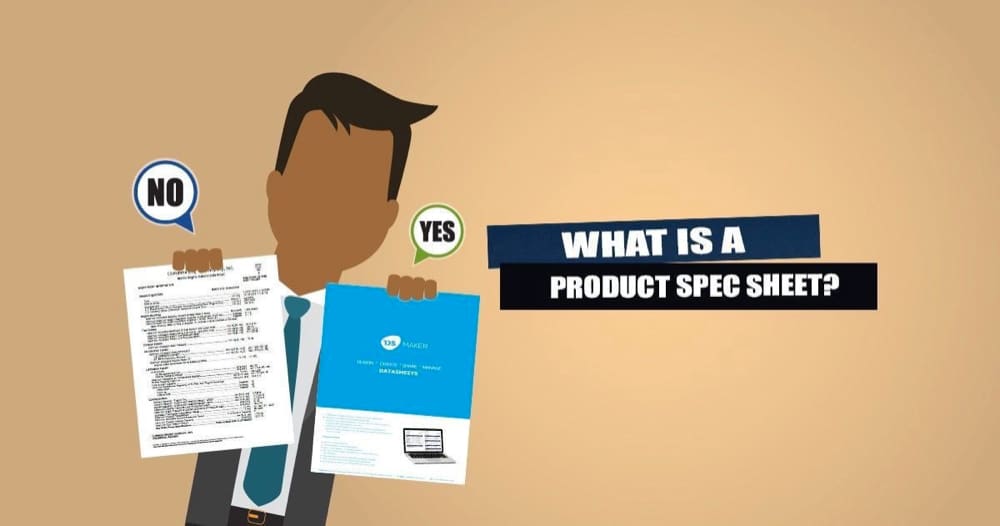
Ensuring that your products are of good quality and meet your specifications is critical to the success of your business.
To do this, there are several key steps that businesses should take:
Step 1: Develop clear specifications
Before starting the production process, it is important to develop clear and detailed specifications for your product.
This should include information on the materials and components that will be used, the desired dimensions and tolerances, and any performance or quality standards that the product must meet.
Step 2: Communicate your specifications to suppliers and manufacturers
Once you have developed your specifications, be sure to communicate them clearly and accurately to your suppliers and manufacturers.
This will help to ensure that they understand your requirements and are able to produce materials and components that meet your specifications.
Step 3: Conduct quality control checks
Throughout the production process, it is important to conduct regular quality control checks to ensure that the materials and components being produced meet your specifications.
This can include visual inspections, measurements, and testing to verify that the materials and components meet the required standards.
Step 4: Work with suppliers and manufacturers to resolve any issues
If any issues or discrepancies are identified during the quality control process, it is important to work closely with your suppliers and manufacturers to resolve them.
This may involve providing additional guidance or specifications or working with the supplier or manufacturer to find a solution to the issue.
Overall, ensuring that your products are of good quality and meet your specifications requires careful planning and coordination with your suppliers and manufacturers.
By developing clear specifications and conducting regular quality control checks, businesses can ensure that their products meet the required standards and deliver the desired performance and quality to customers.
Here you may learn more about Product Specification Sheets for details below:
Complete Guide: How to Make Product Specification Sheets?
What Are the Potential Challenges You May Face When Sourcing Products and How Do You Overcome Them?
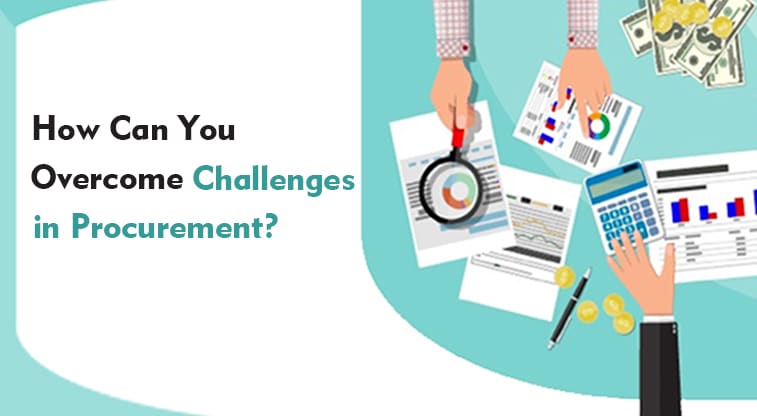
There are several potential challenges that businesses may face when sourcing products, and it is important to be prepared to deal with these challenges in order to ensure the success of your product-sourcing efforts.
Some common challenges include:
Challenge 1: Difficulty finding the right suppliers and manufacturers
One of the biggest challenges that businesses may face when sourcing products is finding suppliers and manufacturers who are able to meet their needs and produce high-quality materials and components at competitive prices.
This can require a significant amount of research and evaluation and may involve working with sourcing agents or brokers to identify potential partners.
Challenge 2: Language and cultural barriers
For businesses that are sourcing products from other countries, language and cultural barriers can be a significant challenge.
Miscommunications and misunderstandings can lead to delays and other problems in the production process, so it is important to carefully consider these issues and work with suppliers and manufacturers who are able to overcome these challenges.
Challenge 3: Quality control issues
Ensuring that the materials and components being produced meet your specifications and quality standards can be a challenge, especially when working with suppliers and manufacturers located in other countries.
It is important to conduct regular quality control checks and to work closely with your suppliers and manufacturers to resolve any issues that may arise.
Challenge 4: Changes in market conditions
The global market is constantly changing, and businesses may face challenges when sourcing products due to shifts in market conditions, such as changes in currency exchange rates or shifts in consumer demand.
It is important to monitor market conditions and to be prepared to adapt your product sourcing strategy if necessary.
Overall, there are many potential challenges that businesses may face when sourcing products.
By being prepared and willing to adapt, businesses can overcome these challenges and ensure that they are able to source high-quality materials and components at competitive prices.
What Are the Best Practices for Managing the Product Sourcing Process?
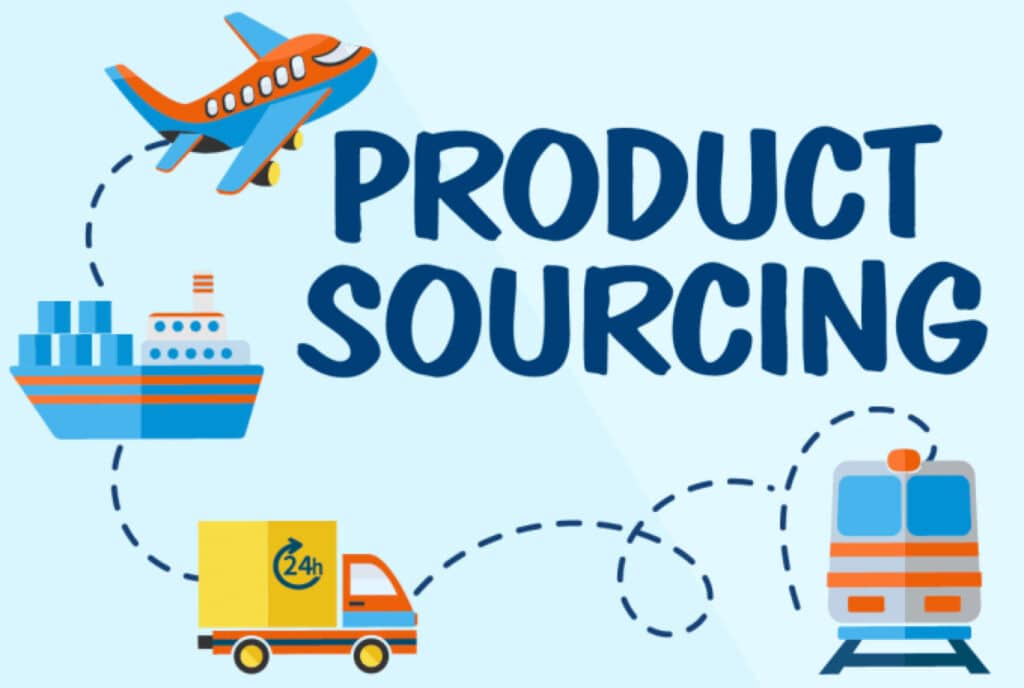
There are several best practices that businesses can follow to manage the product sourcing process effectively.
Some of the key best practices include:
Practice 1: Develop a clear and detailed product sourcing strategy
Having a well-defined product sourcing strategy is essential for the success of your business.
Your strategy should include a clear plan for identifying and selecting suppliers and manufacturers, as well as a plan for managing the production process and ensuring that your products are of good quality and meet your specifications.
Practice 2: Research potential suppliers and manufacturers carefully
Finding the right suppliers and manufacturers is crucial for the success of your product sourcing efforts.
Be sure to research potential partners carefully and consider factors such as quality, price, lead time, and flexibility when evaluating potential suppliers and manufacturers.
Practice 3: Communicate clearly with suppliers and manufacturers
Clear and effective communication is essential for managing the product sourcing process.
Be sure to communicate your needs and expectations to your suppliers and manufacturers, and listen carefully to their feedback and suggestions.
Practice 4: Monitor market conditions and be prepared to adapt
The global market is constantly changing, and businesses must be prepared to adapt to shifts in market conditions in order to remain competitive.
Be sure to monitor market trends and be prepared to adjust your product sourcing strategy if necessary.
Practice 5: Establish strong relationships with suppliers and manufacturers
Building strong relationships with your suppliers and manufacturers can help to ensure the success of your product sourcing efforts.
Be sure to communicate openly and honestly with your partners, and work together to find solutions to any challenges that may arise.
Overall, following best practices for managing the product sourcing process can help businesses to source high-quality materials and components at competitive prices.
It ensures that its products meet the required standards and deliver the desired performance and quality to customers.
Conclusion
Product sourcing is an important part of running a successful business. With the right strategies and tools, companies can find the best products to meet their needs and maximize their profits.
By researching the market, understanding your target audience, and leveraging technology, you can ensure that you are sourcing the right products for your business.
We are Yansourcing, a leading sourcing company in China, dedicated to helping our clients source products from China at the most competitive prices. If you are interested in importing from China, please feel free to contact us.
FAQs
1. How can businesses minimize the risks associated with offshore sourcing?
Here are several steps that businesses can take to minimize the risks associated with offshore sourcing:
- Conducting thorough research and due diligence on potential suppliers and manufacturers
- Establishing clear and detailed contracts and agreements
- Regularly monitoring the quality and performance of the materials and components being produced
2. What are the benefits of using a sourcing agent or broker?
Here are several benefits of using a sourcing agent or broker:
- Access to a wider network of potential suppliers and manufacturers
- Expertise, and guidance in the sourcing process
- Negotiate better prices and terms on behalf of the business
Here you may learn more about Product Sourcing Agent for details below:
What Is a Product Sourcing Agent? Why Do You Need One?
3. Can businesses source products sustainably and ethically?
Yes, businesses can source products sustainably and ethically by considering the following factors:
- Environmental impact of the materials and components being used
- Working conditions of the suppliers and manufacturers
- Social and economic impact of the sourcing process
4. How can businesses stay up-to-date on the latest trends and developments in product sourcing?
Businesses can stay up-to-date on the latest trends and developments in product sourcing by attending industry events and trade shows, reading industry publications and blogs, and joining professional organizations and networks.
They can also benefit from working with sourcing agents and brokers who are knowledgeable about the latest trends and developments in the field.
5. Can businesses source products locally or domestically?
Yes, businesses can source products locally or domestically by working with suppliers and manufacturers located in the same region or country as the business.
This can help to reduce the costs and risks associated with sourcing products from other countries and can support local businesses and communities.
6. How can businesses ensure that their product sourcing is aligned with their overall business strategy?
To ensure that their product sourcing is aligned with their overall business strategy, businesses should consider their product sourcing strategy as part of their broader business planning process.
This can involve setting clear goals and objectives for the product sourcing process and aligning these goals with the overall goals and objectives of the business.
7. Can small businesses effectively source products?
Yes, small businesses can effectively source products by identifying and working with suppliers and manufacturers who are well-suited to their needs and requirements.
This may involve working with local or domestic suppliers or partnering with larger businesses that can provide the materials and components needed to produce the business’s products.
8. What are the potential benefits of using multiple suppliers and manufacturers for product sourcing?
Using multiple suppliers and manufacturers for product sourcing can provide the following potential benefits:
- Increased flexibility and adaptability
- Access a wider range of materials and components
- Reduce the risks associated with relying on a single supplier or manufacturer on a single supplier or manufacturer


